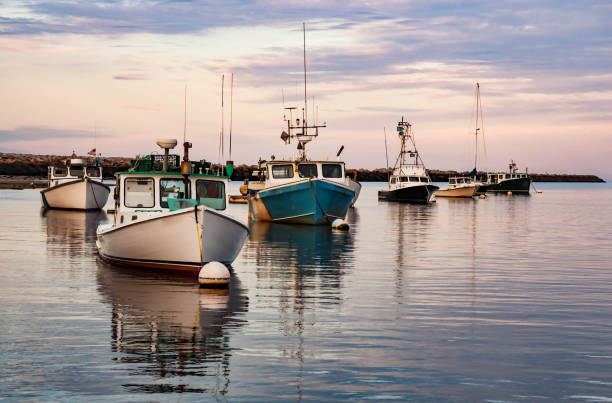The United States offers a wide range of landscapes, from the cold Arctic waters of Alaska to Hawaii to the tropical paradise of Hawaii to the dense forests of the Rocky Mountains to the marshlands in the south. There is an amazing diversity of fauna and flora in America, which means endless wildlife travel opportunities for animal lovers.
These are the top ten places to visit in America, ranging from the most famous to the less well-known.
Yellowstone National Park in Wyoming
Yellowstone National Park is home to the highest concentration of wildlife in the lower 48 US states. Yellowstone National Park will find many animals of all sizes and shapes in the warmer months. These include cougars, burly bears, pocket gophers, and miniature martens.
Winter visits have their perks too. The crowds will dissipate between November and March, and the elusive Wolf Hunting Dog hunts closer to shore, making it easier to spot them. The North American continent’s once-wild wolves were almost exterminated by habitat loss. However, 500 wolves are now found within the Greater Yellowstone Ecosystem. There are approximately 100 wolves in the park, with 13 packs.
Yellowstone is home to a variety of animals, including wolves and bison.
San Juan Islands, Washington
The common name of the orca, “killer whale”, is a bit misleading and has led to a poor reputation for the species. They are technically not whales but dolphins. And they are the largest members of the family. A wild orca was never known to have killed anyone, even though ancient sailors called them “killers” because of their ability to prey upon large sea creatures. They are powerful predators that eat everything, from small squid to great white sharks.
Orcas are easily identifiable by their distinctive black-and-white bodies. They travel all over the world. The San Juan Islands, Washington State, are one of the best places to spot them. This stunning, ecologically diverse area of the Pacific Northwest is home to three tightly-knit pods of orcas. It’s a great place to witness these intelligent and social animals in their natural habitat.
Katmai National Park, Alaska
Imagine yourself in the forest, and you stumble upon dozens of giant grizzly bears sitting belly-deep in the river, catching an inexhaustible supply of salmon as the boat propels backwards. You can do this at Brooks River, just a few hours from Anchorage, Alaska.
Grizzlies camp out at the river from June to October in preparation for winter. Bears can get so big that the National Park Service celebrates Fat Bear Week yearly. This week, all bears are winners, but only one true champion will emerge. The goal is to become the fattest bear. Humans can make sports-style brackets and vote daily until the bear with the largest body is chosen.
If you are keen to see these massive bears in person, take a trip into Alaska’s wilderness to witness a spectacular show showcasing the grizzly’s amazing and unstoppable strength.
Islands of Hawaii
Hawaii is known for its two worlds, one underwater and one on the land. Wildlife is abundant on every island, no matter where you go – it’s almost impossible to choose just one!
Olowalu Reef on Maui is a beautiful ecosystem with colourful corals and tropical fish. Monk seals can also be found on Kauai. You can snorkel alongside manta rays and sea turtles throughout the islands. Bottlenose and spinner dolphins can also be spotted. If you’re lucky, you may come face-to-face with the official state fish, the humuhumunukunukuapua’a.
Are you looking to see whales in person? You can visit in autumn when almost 3,000 humpbacks migrate through the area. They stop in Hawaii’s warm water to mate and give birth.
Sandhill Crane Migration, Nebraska
Nebraska is not the most well-known state for its vast plains and flat prairies. Thousands of bird lovers flock to the Great Plains every spring to see the amazing Sandhill crane migration.
Sandhill cranes have been in the same form for 2.5 million years. Since the last Ice Age, they have used Nebraska’s North Platte River, rich in nutrients, as their migratory stop. They are home to nearly 80% of all the cranes in the world, and they can be found from February through April with 500,000 each. They stop at the river’s edge for rest, mating, and fuel before heading north.
Males perform elaborate dances to attract women. They also display their impressive wingspan of 1.8 meters (6 feet) and hops and jumps. This daytime spectacle is a delight for bird lovers, while photographers enjoy the sunrise and sunset as the whole flock returns from feeding.







